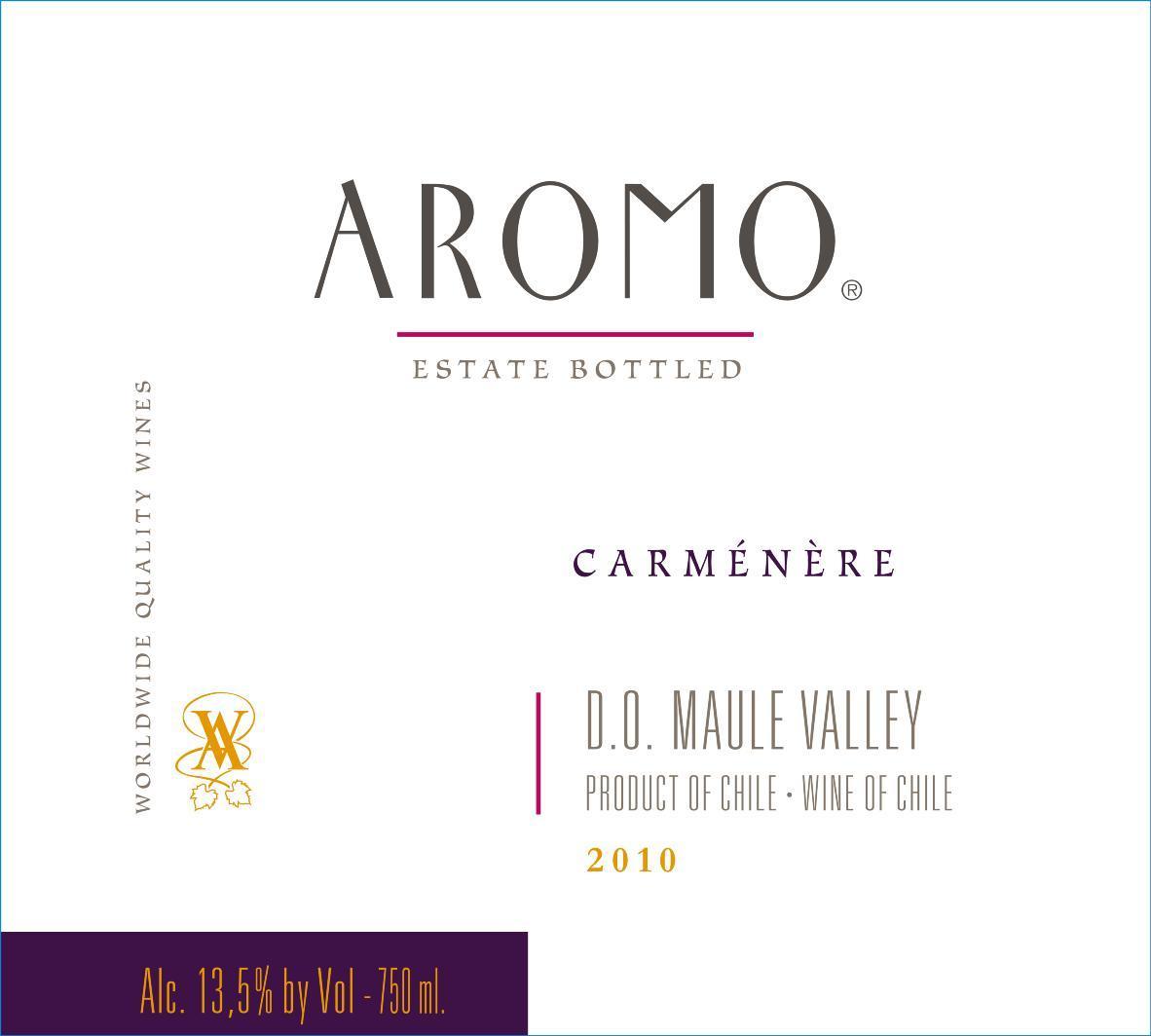2010 Maule Valley Carmenere
The Aromo Carménère from the 2010 vintage is a delightful expression of the Maule Valley, showcasing the region's ability to produce exceptional red wines. This medium-bodied wine exhibits a vibrant ruby hue, hinting at its youthful character. With a pronounced acidity, it offers a lively and refreshing mouthfeel that beautifully balances the fruit intensity. Expect prominent notes of dark berries, plum, and a touch of spice, which are typical characteristics of the Carménère varietal. The tannins are notable yet refined, providing structure without overwhelming the palate. Dry in style, this wine is an excellent choice for pairing with grilled meats or rich, savory dishes, making it a versatile addition to any dining experience.
The Aromo Carménère from the 2010 vintage is a delightful expression of the Maule Valley, showcasing the region's ability to produce exceptional red wines. This medium-bodied wine exhibits a vibrant ruby hue, hinting at its youthful character. With a pronounced acidity, it offers a lively and refreshing mouthfeel that beautifully balances the fruit intensity. Expect prominent notes of dark berries, plum, and a touch of spice, which are typical characteristics of the Carménère varietal. The tannins are notable yet refined, providing structure without overwhelming the palate. Dry in style, this wine is an excellent choice for pairing with grilled meats or rich, savory dishes, making it a versatile addition to any dining experience.




